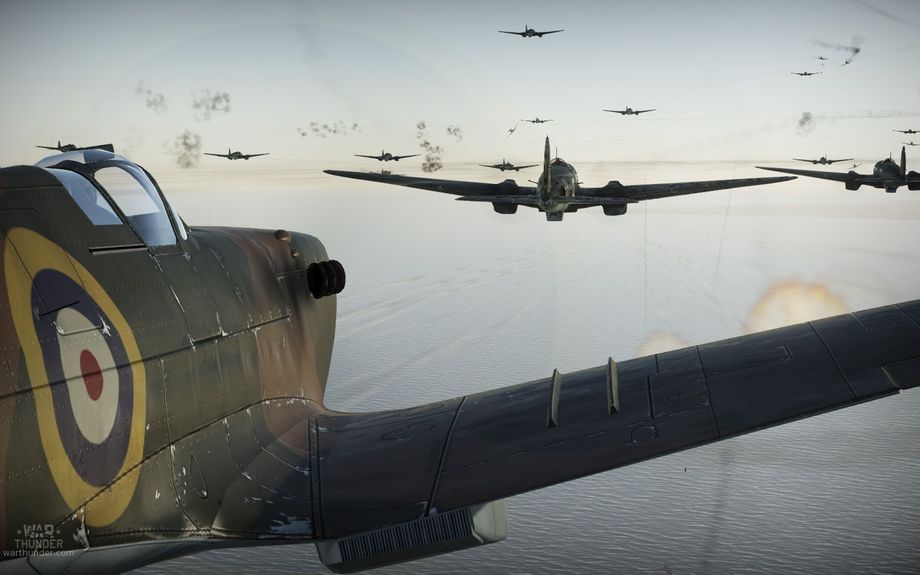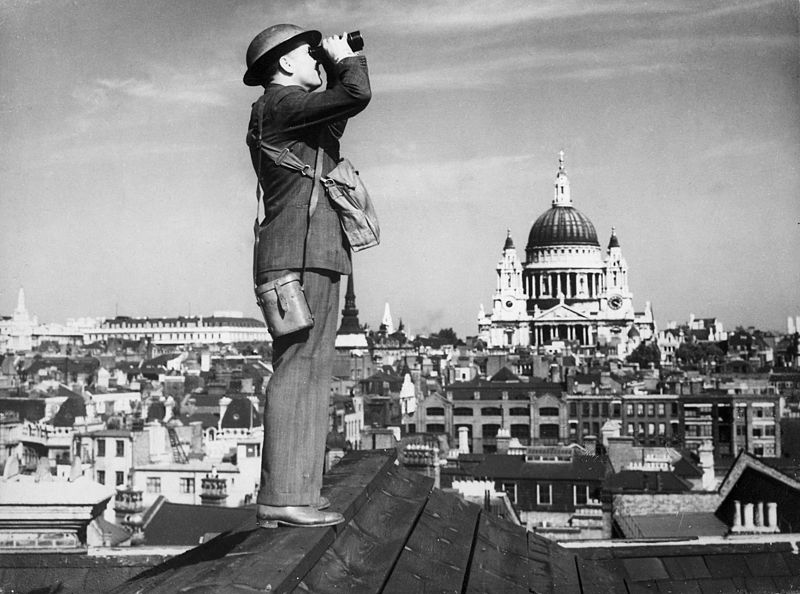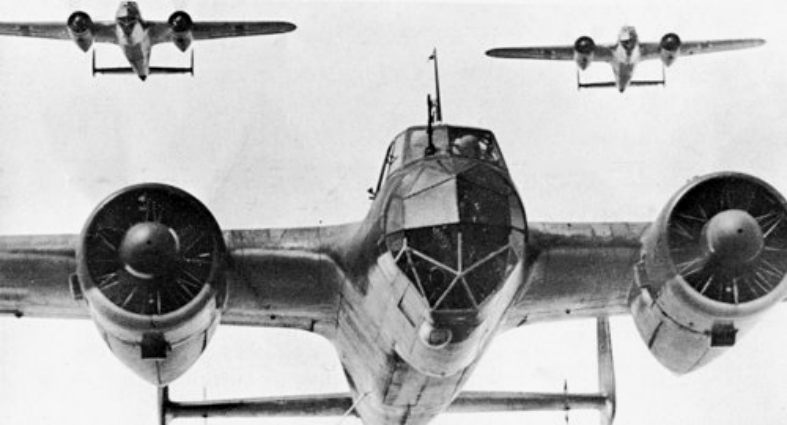
- For PC
- For MAC
- For Linux
- OS: Windows 10 (64 bit)
- Processor: Dual-Core 2.2 GHz
- Memory: 4GB
- Video Card: DirectX 11 level video card: AMD Radeon 77XX / NVIDIA GeForce GTX 660. The minimum supported resolution for the game is 720p.
- Network: Broadband Internet connection
- Hard Drive: 23.1 GB (Minimal client)
- OS: Windows 10/11 (64 bit)
- Processor: Intel Core i5 or Ryzen 5 3600 and better
- Memory: 16 GB and more
- Video Card: DirectX 11 level video card or higher and drivers: Nvidia GeForce 1060 and higher, Radeon RX 570 and higher
- Network: Broadband Internet connection
- Hard Drive: 75.9 GB (Full client)
- OS: Mac OS Big Sur 11.0 or newer
- Processor: Core i5, minimum 2.2GHz (Intel Xeon is not supported)
- Memory: 6 GB
- Video Card: Intel Iris Pro 5200 (Mac), or analog from AMD/Nvidia for Mac. Minimum supported resolution for the game is 720p with Metal support.
- Network: Broadband Internet connection
- Hard Drive: 22.1 GB (Minimal client)
- OS: Mac OS Big Sur 11.0 or newer
- Processor: Core i7 (Intel Xeon is not supported)
- Memory: 8 GB
- Video Card: Radeon Vega II or higher with Metal support.
- Network: Broadband Internet connection
- Hard Drive: 62.2 GB (Full client)
- OS: Most modern 64bit Linux distributions
- Processor: Dual-Core 2.4 GHz
- Memory: 4 GB
- Video Card: NVIDIA 660 with latest proprietary drivers (not older than 6 months) / similar AMD with latest proprietary drivers (not older than 6 months; the minimum supported resolution for the game is 720p) with Vulkan support.
- Network: Broadband Internet connection
- Hard Drive: 22.1 GB (Minimal client)
- OS: Ubuntu 20.04 64bit
- Processor: Intel Core i7
- Memory: 16 GB
- Video Card: NVIDIA 1060 with latest proprietary drivers (not older than 6 months) / similar AMD (Radeon RX 570) with latest proprietary drivers (not older than 6 months) with Vulkan support.
- Network: Broadband Internet connection
- Hard Drive: 62.2 GB (Full client)

From 15:00 GMT on September 15th to 15:00 GMT on September 16th
'Hardest day' (+20% RP and +20% SL) will be available in the 'Events' tab of the game menu
By June of 1940, Mainland Europe stood within the control of Germany. France had fallen in the previous months and the British army were forced into a humiliating retreat from Dunkirk where tanks, weapons and vital equipment was left on the beaches as it stood. Leading into July, the Luftwaffe and Kriegsmarine had started joint operations for control of the English Channel and to cease all merchant shipping into Britain as a result. Plans were formulated for a full scale invasion of the British isles, code-named Operation “Sea Lion”.
 |
Aircraft spotter on the roof of a building in London |
For any kind of invasion to exist or take place, Air superiority was needed by the Luftwaffe over England otherwise the plan could turn to a catastrophic failure. What was initaly thought to have been a simple task in drawing the RAF out into combat and bombing their airfields at the same time, turned out to be a month long campaign for the Luftwaffe, spanned the whole of August.
The Luftwaffe concentrated all bombing on RAF radar stations, airfields and important shipping docs throughout England. However on August the 24th during an evening raid, bombs were mistakenly dropped on the heart of London due to a miscalculation of the intended target, an act that was forbidden by high command. As a result, British Prime Minister, Winston Churchill ordered a retaliatory raid on Berlin which proved to be an embarrassing blow to both the Luftwaffe and Hermann Goering, who vowed no bombs would ever drop on Berlin.
 |
Gun camera film shows tracer ammunition from a Spitfire Mk I, hitting a He 111 |
What followed would be known as the “Blitz” of London. Starting on September the 7th, the Luftwaffe targeted British cities and industrial areas to damage the morale of the civilian population, however this was merely a prelude to what was to come. He-111, Do-17 and Ju-88 bombers would become regular sights over the capital, with the screech of the air raid sirens warning of their coming presence.
On September the 15th, a day that would become known as “Battle of Britain Day”, over 1500 aircraft from both the RAF and Luftwaffe took part in the most ferocious air battle of the campaign. What was considered to be the last all out attack by the Luftwaffe in an effort to draw the RAF out and finish them off, proved to again be a failure. The RAF managed to cripple the German raids over London and severely hamper their effectiveness.
 |
Dornier Do-17’s in formation over mainland England |
Ultimately this concluded the Battle of Britain with no clear winner. Losses and claims were exaggerated on both sides, with both making critical misjudgments about one another. Rather than cripple public moral as the Luftwaffe has estimated, the bombing of London only proved to further boost the morale of the people and keep the fighting spirit going. Operation “Sea Lion” was postponed officially on the 17th September 1940, however the Blitz bombing raids over London and other industrial cities would carry on into 1941.
Losses of life however were high on both sides, the battle had proved costly for both the Luftwaffe and RAF as well as the civilian losses. The campaign over August and September is still regarded as one of the most critical air battles not just of the war, but of the 20th century. Experience in the Battle of Britain gained on both sides would evolve the outcome of the war and air combat as a whole throughout history.



